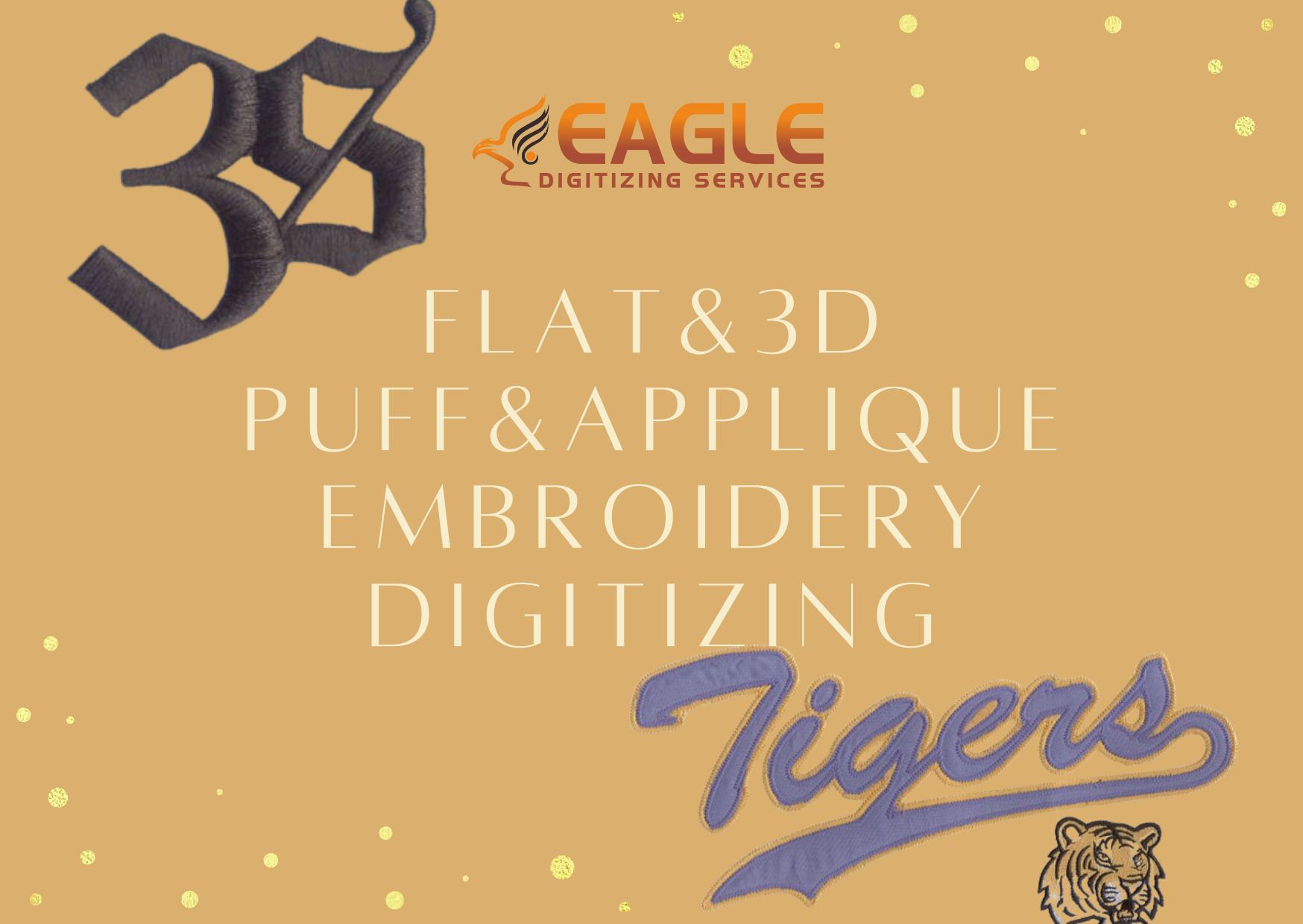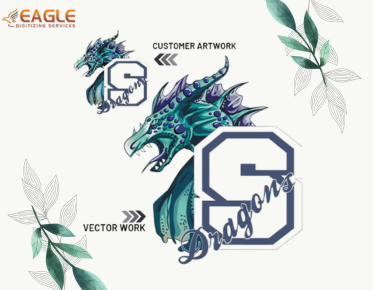Understanding Push and Pull Compensation in Embroidery Digitizing
Embroidery digitizing is a fascinating blend of art and technology, where designs are converted into a format that embroidery machines can understand. One of the critical aspects of this process is managing the push and pull compensation, which can significantly affect the final outcome of the embroidery.
What is Push and Pull in Embroidery?
In embroidery, "push" and "pull" refer to the distortion that occurs when stitches are applied to fabric. The "push" effect happens when the fabric is pushed outward by the stitches, causing the design to expand. Conversely, the "pull" effect occurs when the fabric is pulled inward, causing the design to contract. These effects are influenced by the type of fabric, the density of the stitches, and the tension of the embroidery machine.
Why is Compensation Necessary?
Compensation is necessary to counteract the push and pull effects, ensuring that the final embroidered design matches the original artwork as closely as possible. Without proper compensation, designs can appear distorted, with elements misaligned or improperly sized. This is particularly important for intricate designs or those with fine details.
Techniques for Push and Pull Compensation
There are several techniques used in embroidery digitizing to manage push and pull compensation:
1. Adjusting Stitch Length and Density
By altering the stitch length and density, digitizers can control how much the fabric is pushed or pulled. Shorter stitches can reduce the push effect, while adjusting the density can help manage the pull.
2. Modifying Design Elements
Digitizers may need to modify certain elements of a design, such as enlarging or reducing specific areas, to compensate for the expected distortion. This ensures that the final product remains true to the original design.
3. Using Underlay Stitches
Underlay stitches are placed beneath the main design to stabilize the fabric and reduce distortion. These stitches can help manage both push and pull effects by providing a foundation that supports the top stitches.
The Role of Eagle Digitizing in Managing Compensation
Eagle Digitizing is renowned for its expertise in embroidery digitizing, offering services that ensure high-quality outcomes with minimal distortion. Their skilled digitizers are adept at using advanced techniques to manage push and pull compensation effectively. This expertise is crucial for delivering designs that are both visually appealing and true to the original artwork.
Choosing the Right Service for Your Needs
When selecting an embroidery digitizing service, it's essential to consider their experience and ability to handle push and pull compensation. A service like Eagle Digitizing, with its extensive experience and commitment to quality, can make a significant difference in the final product.
Future Trends in Embroidery Digitizing
As technology continues to evolve, the tools and techniques used in embroidery digitizing are also advancing. Future trends may include more sophisticated software that can automatically adjust for push and pull compensation, as well as new materials and threads that minimize distortion. Staying informed about these trends can help businesses and hobbyists alike achieve the best possible results in their embroidery projects.
For those interested in exploring the world of embroidery digitizing further, understanding the intricacies of push and pull compensation is a great starting point. Whether you're a seasoned professional or a curious beginner, mastering these concepts can enhance your craft and lead to more successful projects.



